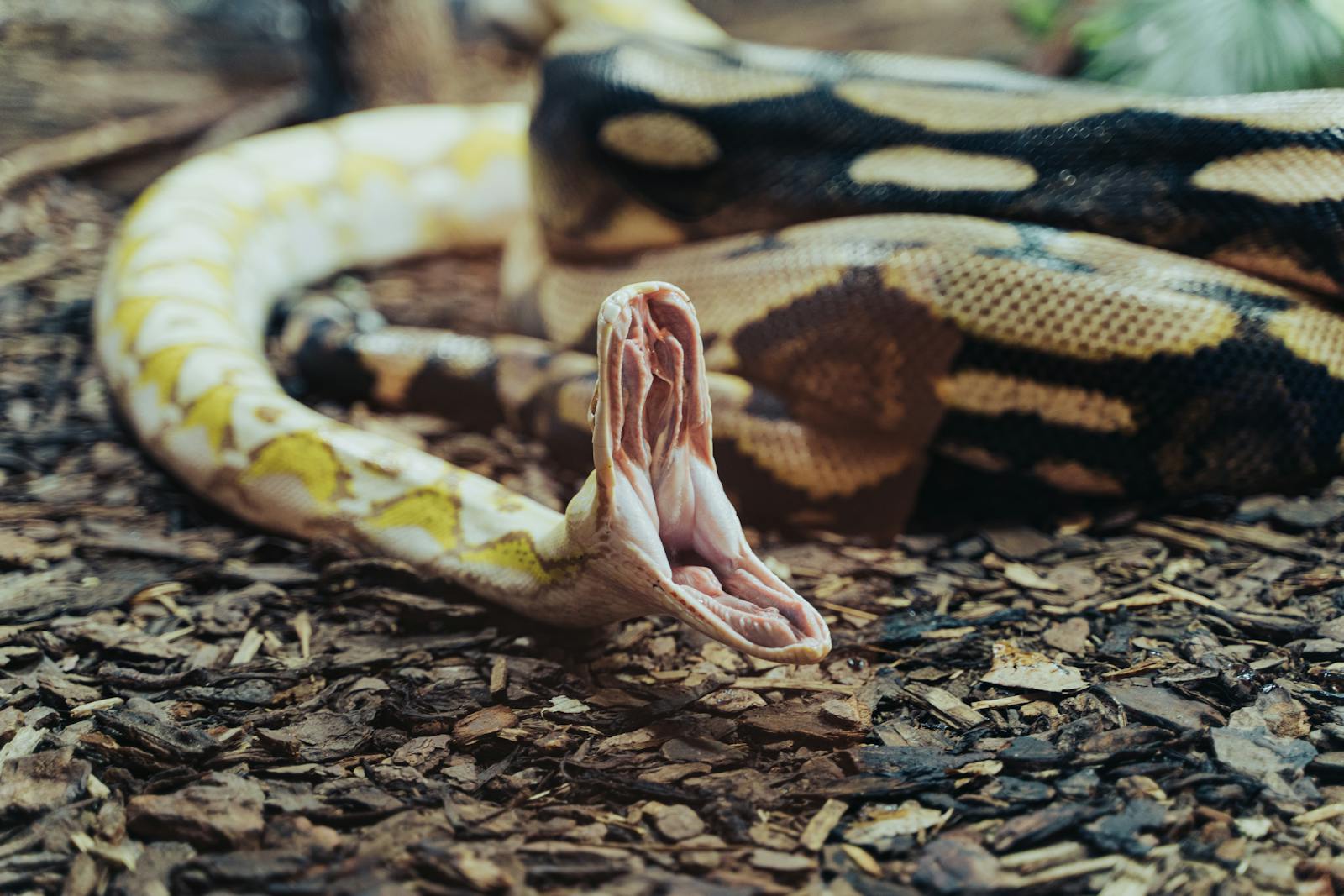In the diverse world of reptiles, snakes have evolved fascinating adaptations that continue to captivate scientists and nature enthusiasts alike. Among these remarkable creatures, there exists a peculiar behavior that defies our common understanding of snake communication – silent body vibration. Unlike the familiar rattle of a rattlesnake or the hiss of threatened serpents, some snake species have developed the ability to vibrate their bodies rapidly without producing audible sound. This silent trembling serves multiple purposes in their survival strategy and represents one of the more enigmatic behaviors in the reptile kingdom. The following exploration delves into this mysterious phenomenon, examining the species that exhibit this behavior, the mechanics behind it, and its ecological significance.
The Silent Vibrators of the Snake World

Several snake species across different families have been observed vibrating their bodies without producing sound. Most notably, members of the Colubridae family, including corn snakes, rat snakes, and king snakes, frequently demonstrate this behavior. These non-venomous constrictors may lack the infamous rattle of their distant cousins, but they’ve developed this subtle vibratory capability that serves multiple functions. Some vipers and even certain python species have also been documented performing these silent vibrations in specific contexts. The behavior appears across geographically diverse species, suggesting it evolved independently multiple times, highlighting its adaptive value in snake survival strategies across various habitats and lifestyles.
The Biomechanics of Silent Vibration

The silent vibration in snakes is achieved through rapid contractions of specialized muscles along the snake’s body, particularly in the posterior region. Unlike rattlesnakes, which channel these vibrations through a specialized rattle structure to create sound, the silent vibrators lack any sound-producing apparatus. Instead, their muscle contractions create a visible trembling or vibrating motion that can be felt rather than heard. These contractions typically occur at frequencies between 20-40 Hz, fast enough to create a continuous blur of movement to the human eye. The snake maintains remarkable control over these muscle groups, able to initiate and cease the vibrations almost instantaneously in response to environmental stimuli or perceived threats.
Defensive Mimicry: The Rattlesnake Bluff
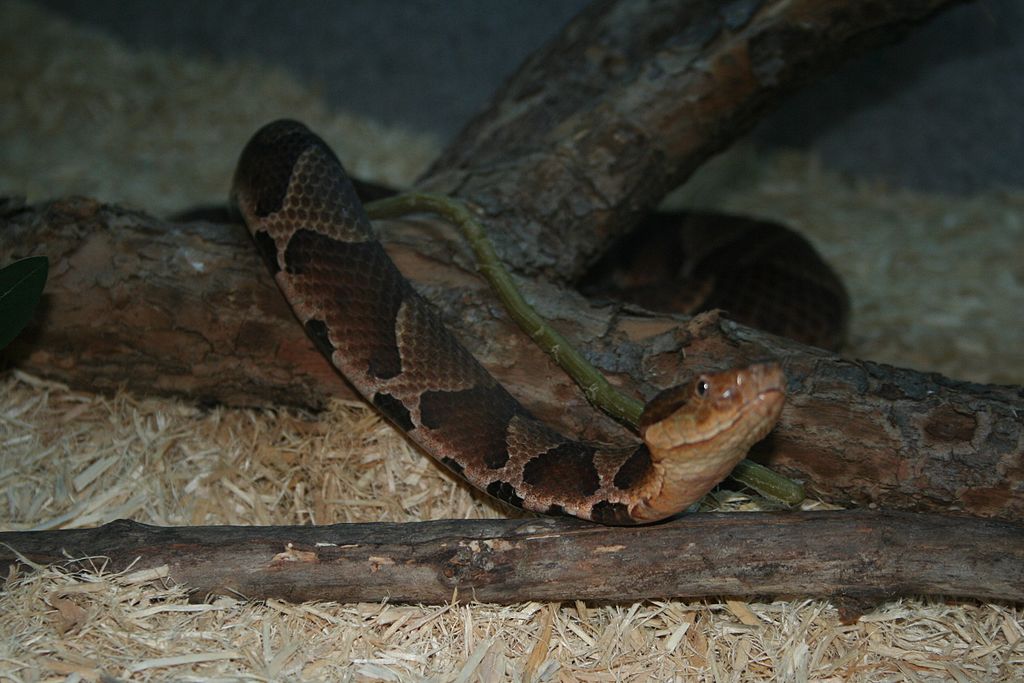
One of the primary functions of silent vibration appears to be defensive mimicry of rattlesnakes. When threatened, many non-venomous snakes will vibrate their tails rapidly against dry leaves or other debris, creating a sound remarkably similar to a rattlesnake’s warning. This acoustic mimicry can be startlingly effective, as many predators instinctively avoid the distinctive warning sound of venomous rattlesnakes. Even without environmental objects to create sound against, the visual display of a rapidly vibrating tail can be enough to give potential predators pause. This form of Batesian mimicry allows these harmless snakes to benefit from the dangerous reputation of their venomous counterparts without actually possessing venom themselves.
Tactile Communication Through Vibration
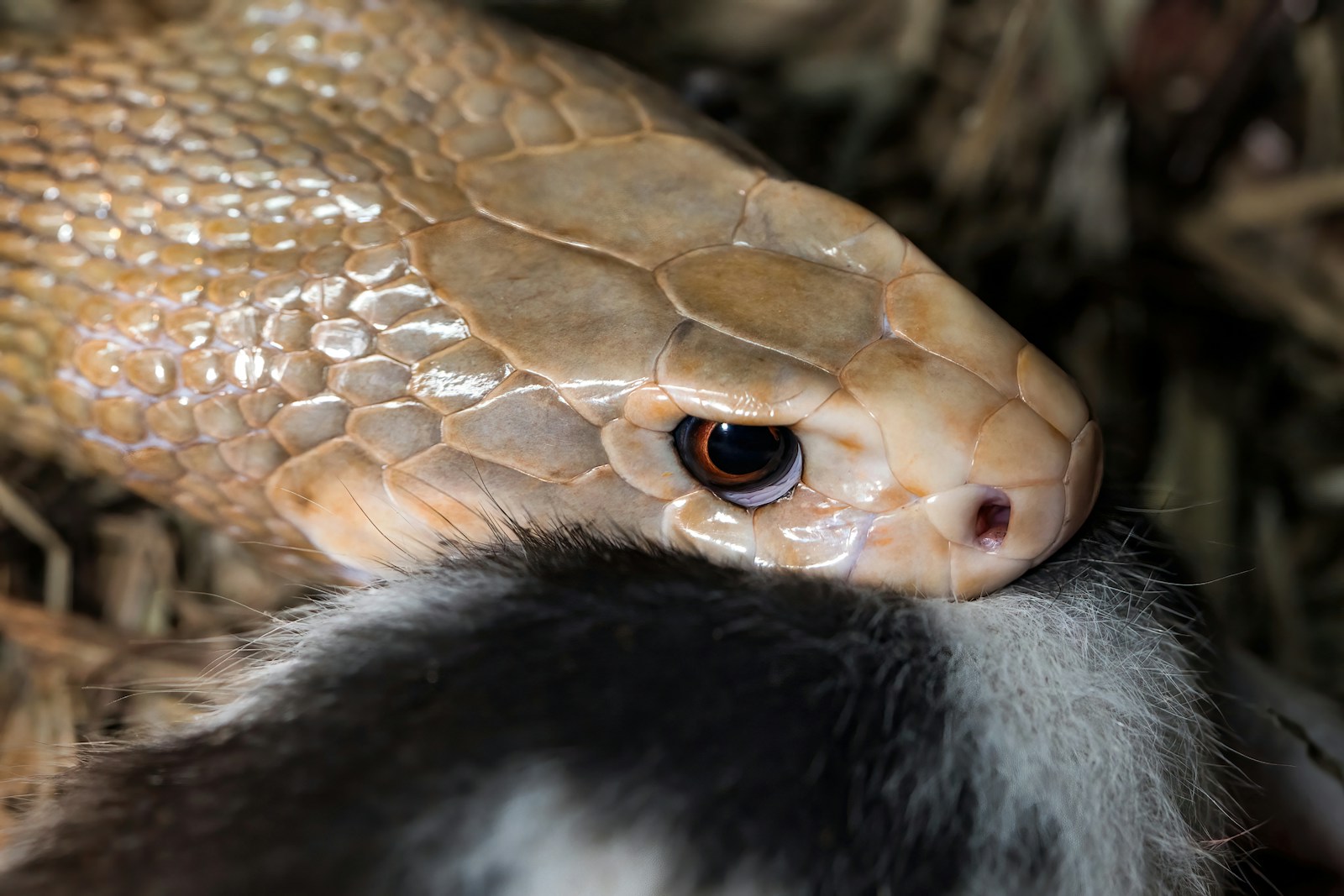
Research suggests that silent vibrations may also serve as a form of tactile communication between snakes. When placed on the same substrate, vibrations can travel through the ground or other materials, potentially conveying information to nearby snakes. This substrate-borne communication could signal territorial boundaries, mating readiness, or warnings about nearby predators. Some herpetologists have observed changes in vibration patterns based on different threat levels or environmental conditions, suggesting a potential “vocabulary” of vibrations. While far less complex than human language, these vibration patterns may represent one of the more sophisticated communication methods in the reptilian world.
Predator Confusion Tactics
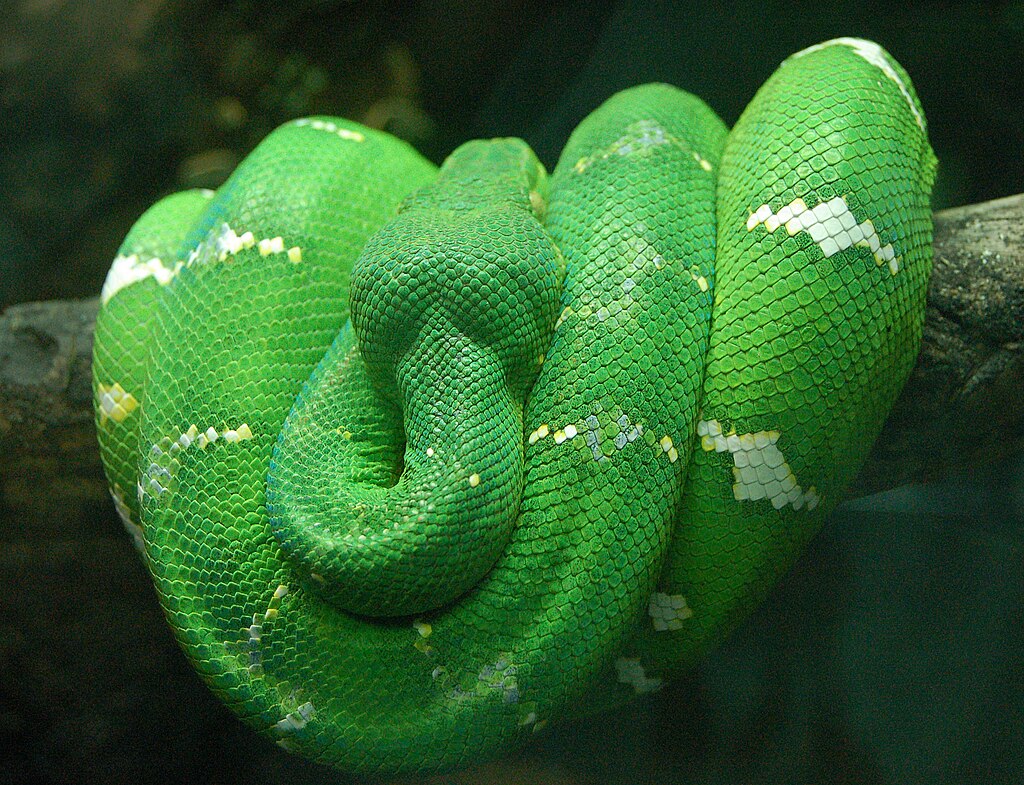
Beyond mimicry, silent vibration may serve to confuse or distract predators in a more direct manner. The rapid movement creates visual uncertainty about the snake’s exact position, making it more difficult for a predator to accurately strike. Some species combine this vibration with body inflation, erratic movements, or defensive postures to create a multi-sensory defensive display. This combination of tactics can be particularly effective against visually-oriented predators like birds of prey or mammals. The vibration effectively creates a momentary illusion of size and unpredictability that may give the snake precious seconds to escape or reposition for defense.
Sensing the Environment

An intriguing hypothesis suggests that some snakes may use body vibrations to gather information about their surroundings. By sending vibrations through the ground or objects they’re in contact with, snakes might receive useful feedback based on how those vibrations reflect back to them. This potential form of rudimentary echolocation could help snakes detect hollow spaces, determine substrate density, or even locate prey hiding in burrows. While this remains speculative and requires further research, it would represent a sophisticated sensory adaptation complementing their already impressive array of sensory capabilities. Several observations of snakes vibrating before entering unfamiliar terrain lend credence to this fascinating possibility.
Thermal Regulation Theory

Some herpetologists have proposed that rapid muscle contractions during silent vibration might serve a thermoregulatory function in certain circumstances. The rapid contractions generate heat through muscle activity, potentially raising the snake’s body temperature slightly during cooler conditions. This would be particularly useful for snakes in temperate regions during morning hours or seasonal transitions when ambient temperatures are suboptimal. While not as effective as seeking external heat sources, this internal heat generation could provide a temporary metabolic boost during crucial activities like digestion or preparing for movement. However, this theory remains contentious, with conflicting evidence about the thermal benefits of such vibrations.
Species Spotlight: The Corn Snake

The corn snake (Pantherophis guttatus) provides an excellent example of silent vibration behavior in practice. These colorful North American constrictors are known for their docile nature in captivity, but in the wild, they employ silent vibration as a key defensive strategy. When threatened, a corn snake will rapidly vibrate its tail against dry leaves or substrate, creating a convincing rattlesnake impression despite having no rattle. This behavior is so ingrained that even captive-bred corn snakes with no exposure to rattlesnakes will instinctively perform this vibration when startled. Their vibration frequency typically ranges between 25-30 Hz, creating a visual blur and generating sound only when in contact with appropriate materials.
Observing Silent Vibration in the Wild

Witnessing a snake’s silent vibration in its natural habitat requires patience and careful observation techniques. The behavior is most commonly triggered when the snake feels threatened but hasn’t yet resorted to fleeing or more aggressive defensive displays. Researchers studying this phenomenon typically employ minimal-disturbance observation methods, using specialized equipment like accelerometers to measure vibration frequencies and patterns. The vibrations are often more pronounced during the snake’s active seasons and may vary in intensity depending on the perceived threat level. Citizen scientists have contributed valuable observations by documenting instances of this behavior across different species and contexts, helping build our understanding of its prevalence and significance.
Evolution of the Silent Vibration
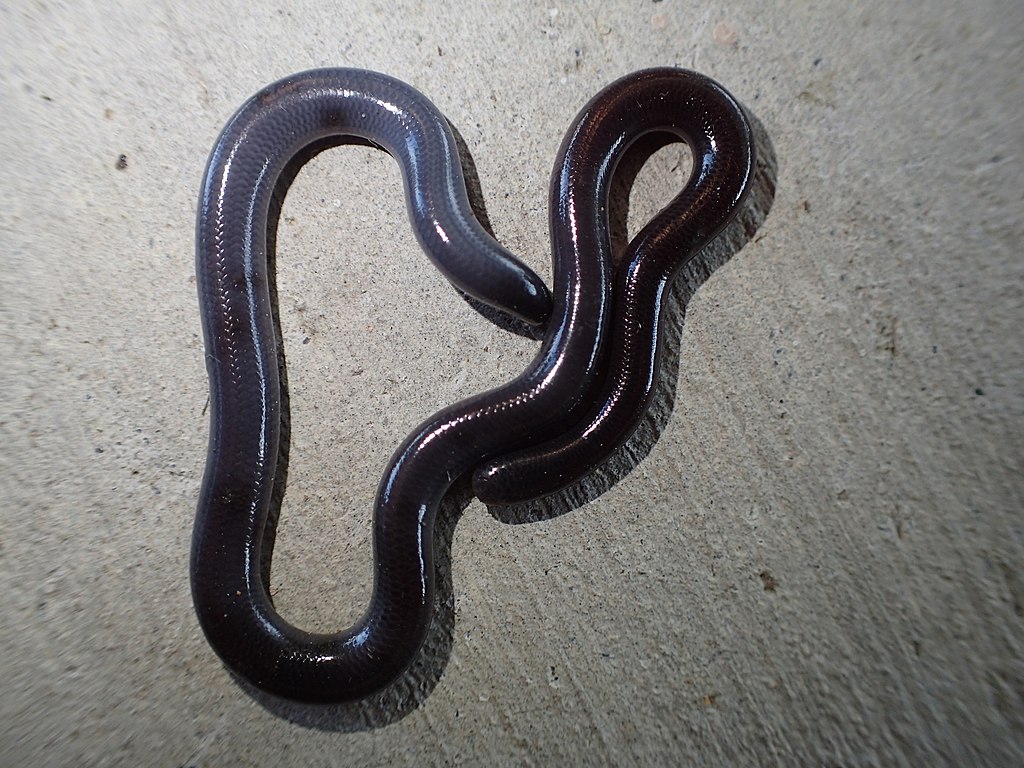
The evolutionary path that led to silent vibration behavior likely began millions of years ago as a basic muscle reflex response to threats. Over time, natural selection would have favored individuals whose vibration behavior successfully deterred predators or served other adaptive functions. The wide distribution of this behavior across phylogenetically distant snake species suggests convergent evolution – different lineages independently developing similar adaptations to solve common problems. Interestingly, fossil evidence indicates that rattlesnakes developed their specialized sound-producing structures relatively recently in evolutionary time, while silent vibration behavior likely predates this specialization. This suggests that silent vibration may represent a more ancestral trait that was later modified in some lineages to produce more effective warning signals.
Vibration in Captive Snakes
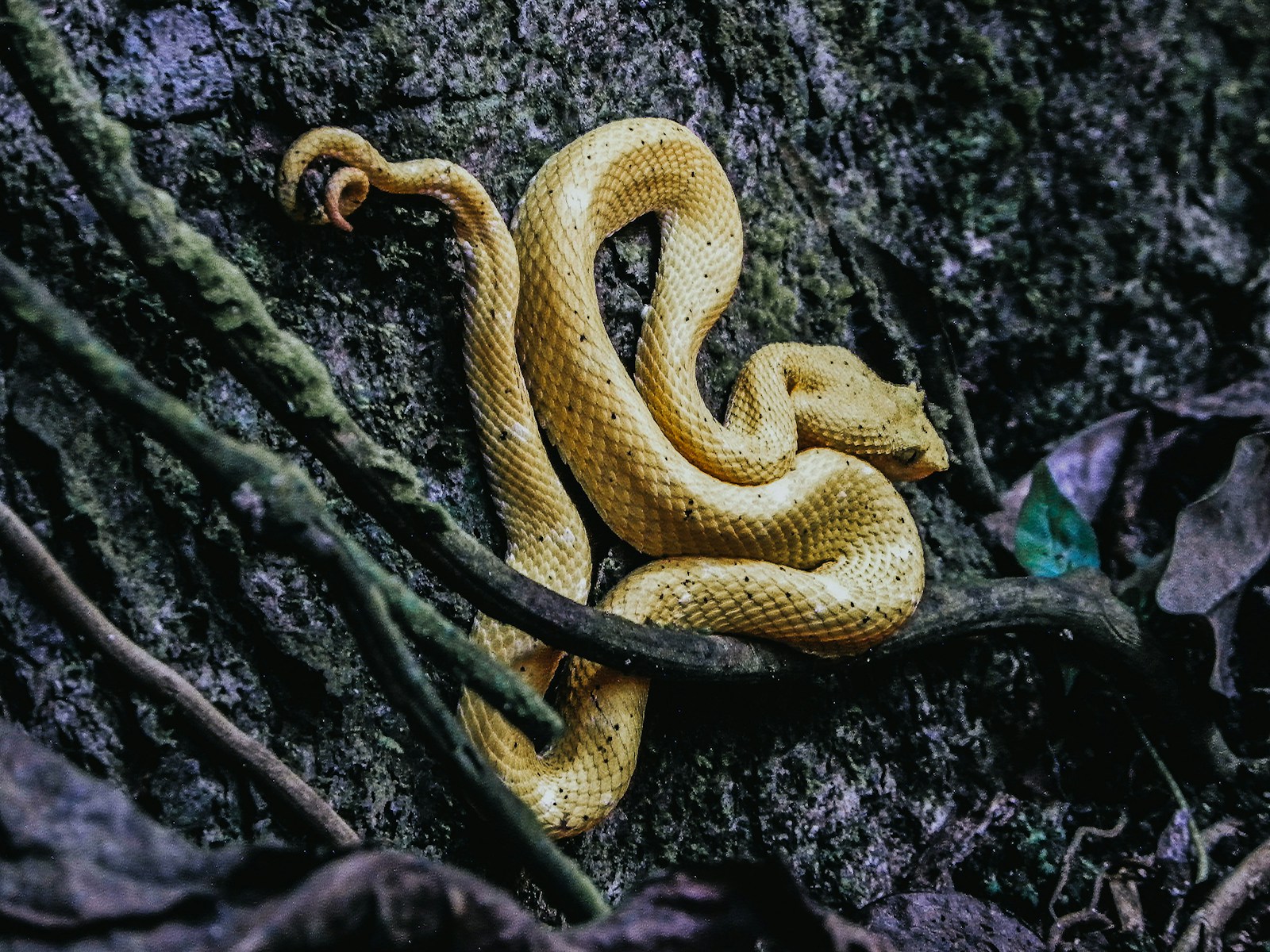
Snake enthusiasts and reptile keepers often observe silent vibration behavior in their captive specimens, providing valuable insights into the triggers and contexts for this behavior. Newly acquired captive snakes typically display more frequent vibration responses until they become accustomed to handling and their new environment. Interestingly, even after years in captivity, most snakes retain this instinctual response when sufficiently startled or threatened. Responsible keepers recognize this behavior as a sign of stress and will typically give the animal space rather than continuing the interaction. Some species known for this behavior in captivity include corn snakes, king snakes, milk snakes, and various rat snake species, though individual temperament varies considerably even within species.
Research Challenges and Future Directions

Studying silent vibration presents unique challenges for herpetologists and behavioral ecologists. The behavior occurs intermittently and is often brief, making systematic observation difficult without specialized equipment. Furthermore, the multiple potential functions of vibration require carefully designed experiments to differentiate between competing hypotheses. Future research directions include using high-speed videography combined with vibration sensors to create detailed models of how the behavior works across different species. Neurological studies may help identify the brain mechanisms controlling these vibrations, while field studies could further clarify their ecological significance in different habitats. Comparative studies across species could also reveal evolutionary patterns and relationships between silent vibration and other communication methods.
Conservation Implications

Understanding silent vibration behavior has important implications for snake conservation efforts worldwide. This behavior represents one facet of the complex behavioral repertoire that helps snakes survive in their natural habitats. As human development increasingly fragments these habitats, snakes must adapt their behaviors to new challenges and threats. Conservation strategies benefit from comprehensive knowledge of natural behaviors like silent vibration to create more effective management plans and habitat protections. Additionally, public education about these fascinating behaviors can help reduce fear and promote appreciation for these often misunderstood reptiles. By highlighting the sophisticated adaptations of snakes, including their silent communication methods, conservationists can build greater public support for protecting these important predators in ecosystems worldwide.
The silent vibration behavior of certain snake species represents a fascinating example of how evolution shapes unique adaptations to meet environmental challenges. From defensive mimicry to potential communication and sensory functions, this subtle behavior serves multiple purposes in the snake’s survival toolkit. While lacking the dramatic sound of a rattlesnake’s warning, the silent vibration demonstrates the remarkable subtlety and efficiency that characterizes many evolutionary adaptations. As research continues to unravel the mysteries of this behavior, we gain not only greater scientific understanding but also a deeper appreciation for the sophisticated lives of these remarkable reptiles. In the complex world of animal behavior, sometimes the most interesting adaptations are the ones that operate just below our notice – felt rather than heard, sensed rather than seen.

